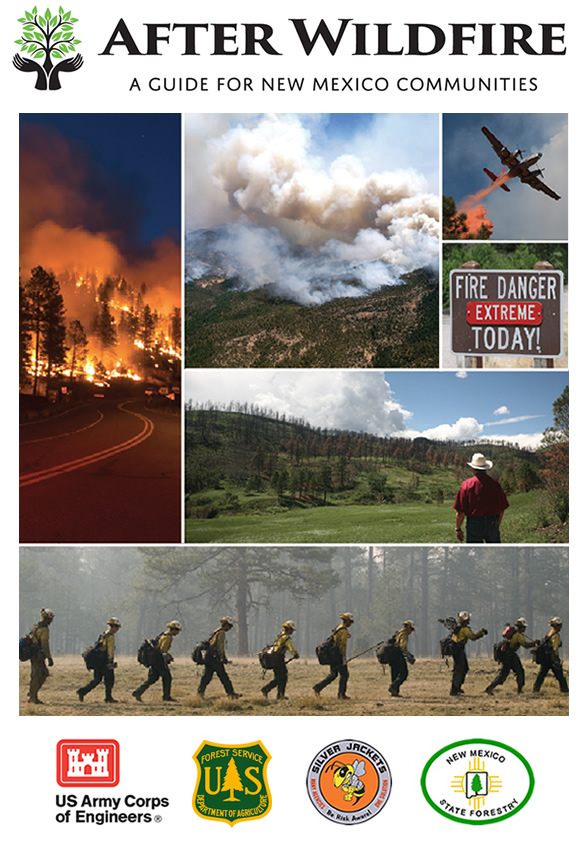
Engaging the Community: New Tool for Autism Research and Environment
Researchers, physicians, autism advocacy groups, and community members gathered on September 5-6 to provide feedback on a new approach for understanding research on autism spectrum disorder (ASD) and environmental exposures. The development of the web-based tool for autism research and environment (aWARE) aims to serve as a comprehensive and accessible resource on ASD for both researchers and the public. The engagement of the community in the development process is crucial for the success of the tool.

NIEHS and the Development of aWARE
The NIEHS Division of Extramural Research and Training (DERT) and Division of Translational Toxicology (DTT) collaborated to develop aWARE. The tool utilizes an informatics approach called systematic evidence mapping to identify and categorize scientific literature on ASD and environmental factors. This approach aims to make data more accessible and provide an interactive and user-driven format for understanding the research.

Testing the Tool
During the workshop, aWARE was demonstrated by Anisha Singh, Ph.D., a DTT postdoctoral research fellow. Participants were then asked to test the tool and provide feedback on its usability and potential applications. Several participants discussed specific use cases, including:
- Jeff Day, Ph.D., a member of the Duke Autism Center of Excellence Community Engagement Advisory Board, who searched for papers on the link between sleep and ASD and pesticide exposure and ASD.
- Alycia Halladay, Ph.D., chief science officer at the Autism Science Foundation, who used the tool to find studies on toxicant exposure and ASD and to identify funding agencies supporting such work.
- Dan Campbell, Ph.D., an assistant professor of pediatrics and human development at Michigan State University, who explored the differences in exposure category studies between humans and animal models.

Emphasizing the Sustainable Development Goals
The development of aWARE aligns with several Sustainable Development Goals (SDGs) set by the United Nations, including:
- Goal 3: Good Health and Well-being – aWARE aims to improve the understanding of the biologic processes underlying autism and co-occurring conditions, leading to better identification, treatments, and services for individuals with autism.
- Goal 9: Industry, Innovation, and Infrastructure – aWARE utilizes innovative informatics approaches to make research data more accessible and user-friendly.
- Goal 17: Partnerships for the Goals – the engagement of researchers, physicians, advocacy groups, and community members in the development of aWARE reflects the importance of collaboration and inclusivity in achieving the SDGs.
Input from the autism community through the workshop and previous listening sessions are essential to NIEHS plans to continue improving aWARE. Annual updates after the official launch are also planned to capture new areas of research and address previously unanswerable questions.
Citation: Singh A, Lawler CP, Walker VR, Pelch KE, Garton AE, Rooney AA, Haugen AC. 2023. Becoming aWARE: The development of a web-based tool for autism research and the environment. J. Xenobiot 13(3):492-499.
(Susan Cosier is a contract writer for the NIEHS Office of Communications and Public Liaison.)
SDGs, Targets, and Indicators
1. Which SDGs are addressed or connected to the issues highlighted in the article?
- SDG 3: Good Health and Well-being
- SDG 4: Quality Education
- SDG 11: Sustainable Cities and Communities
- SDG 17: Partnerships for the Goals
2. What specific targets under those SDGs can be identified based on the article’s content?
- SDG 3.4: By 2030, reduce by one-third premature mortality from non-communicable diseases through prevention and treatment and promote mental health and well-being.
- SDG 4.7: By 2030, ensure that all learners acquire the knowledge and skills needed to promote sustainable development, including among others through education for sustainable development and sustainable lifestyles.
- SDG 11.7: By 2030, provide universal access to safe, inclusive and accessible, green and public spaces, in particular for women and children, older persons and persons with disabilities.
- SDG 17.16: Enhance the global partnership for sustainable development, complemented by multi-stakeholder partnerships that mobilize and share knowledge, expertise, technology and financial resources.
3. Are there any indicators mentioned or implied in the article that can be used to measure progress towards the identified targets?
- Indicator for SDG 3.4: Premature mortality rate from non-communicable diseases.
- Indicator for SDG 4.7: Proportion of students achieving proficiency in sustainable development literacy.
- Indicator for SDG 11.7: Proportion of the population with convenient access to public transport.
- Indicator for SDG 17.16: Number of countries implementing national and local disaster risk reduction strategies.
Table: SDGs, Targets, and Indicators
| SDGs | Targets | Indicators |
|---|---|---|
| SDG 3: Good Health and Well-being | 3.4: By 2030, reduce by one-third premature mortality from non-communicable diseases through prevention and treatment and promote mental health and well-being. | Premature mortality rate from non-communicable diseases. |
| SDG 4: Quality Education | 4.7: By 2030, ensure that all learners acquire the knowledge and skills needed to promote sustainable development, including among others through education for sustainable development and sustainable lifestyles. | Proportion of students achieving proficiency in sustainable development literacy. |
| SDG 11: Sustainable Cities and Communities | 11.7: By 2030, provide universal access to safe, inclusive and accessible, green and public spaces, in particular for women and children, older persons and persons with disabilities. | Proportion of the population with convenient access to public transport. |
| SDG 17: Partnerships for the Goals | 17.16: Enhance the global partnership for sustainable development, complemented by multi-stakeholder partnerships that mobilize and share knowledge, expertise, technology and financial resources. | Number of countries implementing national and local disaster risk reduction strategies. |
Source: factor.niehs.nih.gov







